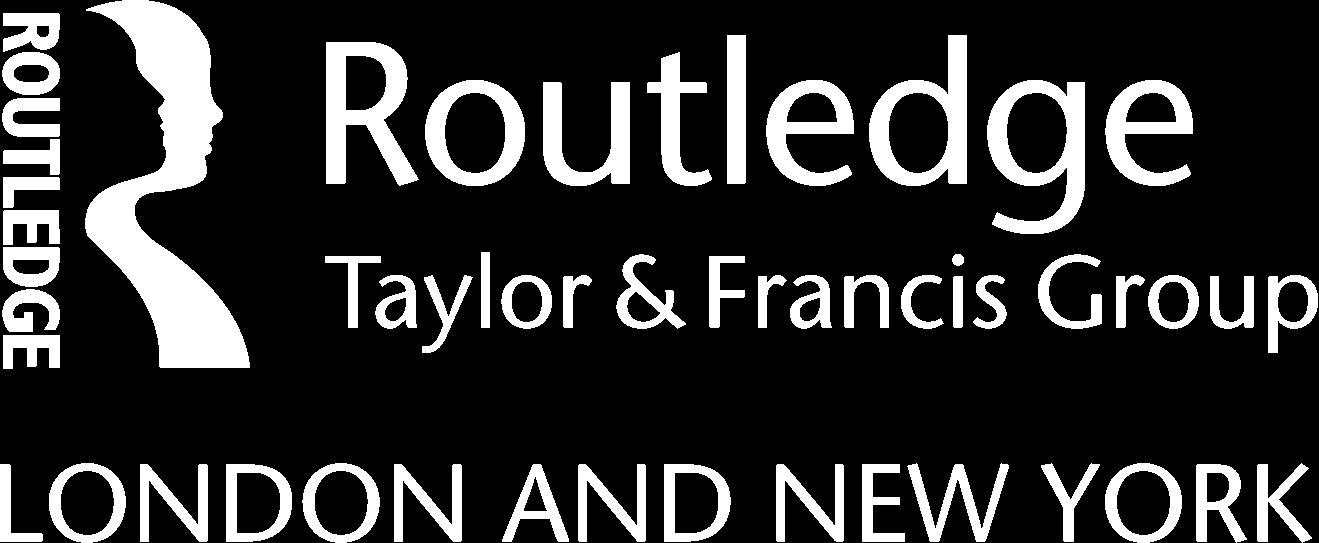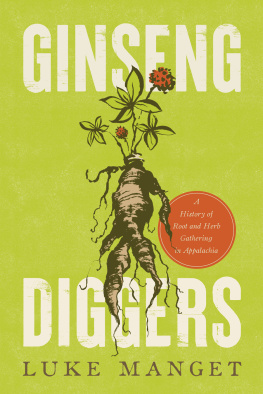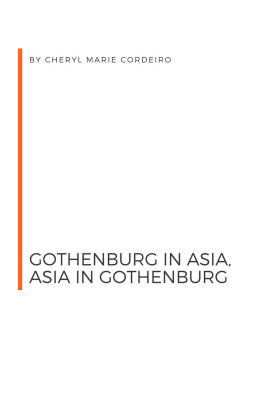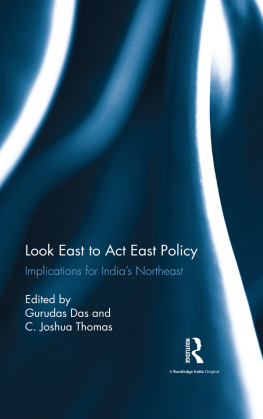
This work constitutes a classic case of microhistory. It reflects the ways in which aseemingly narrow niche study can in fact illuminate all kinds of fields, spreadingout into a major exploration of all manner of cultural and economic dimensions.
Here Heasim Sul demonstrates how one Korean plant product became a major areaof fascination for its medical and biological properties, thus promoting considerabletrade and many articles and notices in the Western press and other publications.
Consequently, the study of the reception of ginseng helps to expose the character ofa whole variety of relationships between the East and the West, thereby contributing to the major study of cultural Orientalism which has been such a major sourceof scholarly fascination in recent decades. In these ways, microhistory can make amajor contribution to a much wider scholarly debate, opening up wider discussions ofconsiderable significance.
John M. MacKenzie, Emeritus Professor of
Imperial History, Lancaster University

A GLOBAL HISTORY OF GINSENG
Suls history of the international ginseng trade reveals the cultural aspects of international capitalism and the impact of this single commodity on relations between the East and the West.
Ginseng emerged as a major international commodity in the seventeenth century, when the East India Company began trading it westward. Europeans were drawn to the plants efficacy as a medicine, but their attempts to transplant it for mass production were unsuccessful. Also, due to a failure of extracting its active ingredients, Western pharmacology disparaged ginseng in the process of modernization. In the meantime, ginseng was discovered on the American continent and became one of the United States key exports to Asia and particularly China, but never cultivated a significant domestic market. As such, historicizing the ginseng trade provides a unique perspective on the impact of both culture and economics on international trade.
A compelling interdisciplinary history of over five centuries of EastWest trade and cultural exchange, this book will be invaluable to students and scholars of transnational history and a fascinating read for anyone interested in the history of international trade.
Heasim Sul is Professor in the Department of History at Yonsei University, Seoul, South Korea.


A GLOBAL HISTORY
OF GINSENG
Imperialism, Modernity
and Orientalism
Heasim Sul
Translated by Youngjae Josephine Bae
Cover image: Getty Images
First published 2023
by Routledge
4 Park Square, Milton Park, Abingdon, Oxon OX14 4RN
and by Routledge
605 Third Avenue, New York, NY 10158
Routledge is an imprint of the Taylor & Francis Group, an Informa business
2023 Heasim Sul
The right of Heasim Sul to be identified as author of this work has been asserted in accordance with sections 77 and 78 of the Copyright, Designs and Patents Act 1988.
All rights reserved. No part of this book may be reprinted or reproduced or utilised in any form or by any electronic, mechanical, or other means, now known or hereafter invented, including photocopying and recording, or in any information storage or retrieval system, without permission in writing from the publishers.
Trademark notice: Product or corporate names may be trademarks or registered trademarks and are used only for identification and explanation without intent to infringe.
British Library Cataloguing-in-Publication Data
A catalogue record for this book is available from the British Library Library of Congress Cataloguing-in-Publication Data
A catalog record has been requested for this book
ISBN: 978-1-032-26142-3 (hbk)
ISBN: 978-1-032-26141-6 (pbk)
ISBN: 978-1-003-28669-1 (ebk)
DOI: 10.4324/9781003286691
Typeset in Bembo
by Deanta Global Publishing Services, Chennai, India
CONTENTS
viii Contents
The beginnings of this book can be traced back to one summer day in 1995. At the time, shops like GNC sprouted up everywhere as a dietary supplement craze swept across the United States. That day I happened to witness the American Ginseng Festival being held at a GNC store in a shopping mall in Newport Beach, California. I felt as though Id been hit on the head. American ginseng?
Wasnt ginseng a product native to East Asia?
Since then, American ginseng turned into a mystery for me. I tried asking my American friends about it, but none of them were able to offer an explanation.
Ginseng never appeared in the countless Western history books I encountered thereafter. Then, in the winter of 2013, an American academic database provider sent me a promotional voucher to try out their new historical database for ten days. The database granted access to a collection of nineteenth-century local newspaper articles from small British cities. The collection seemed quite appealing to me since I was interested in microhistory. After logging in, I thought for a moment about what to search for and then entered ginseng + Corea (the once-prevalent spelling of Korea) just to indulge my curiosity.
The results took me by surprise. The key words retrieved as many as 200 articles! How could there be so many articles involving Korean ginseng in local newspapers circulated in small nineteenth-century British cities? Why on earth were people in the West so interested in Korean ginseng back then?
Why was there no mention of ginseng in history books? Charged with a dose of curiosity, a tinge of exasperation, and a dash of stubbornness, I jumped into the search for references to ginseng in Western historical records. I collected anything I could get my hands on that included even a single mention of ginseng, from the reports of various East India companies to tariff charts, all sorts of pharmacopoeia and materia medica, as well as meeting minutes of the Ginseng Growers Association of America. It was no easy task, but each discovery felt that
xii Preface
much more rewarding. Through the process, I realized that by the seventeenth century, ginseng had already emerged as an important commodity in the massive trade network between the East and the West. That filled me with a sense of mission; I had to determine why a commodity like ginseng hadnt been more deeply investigated in Western historical studies.
After reviewing the literature to a certain extent, I felt the need to conduct field investigations. I began with Korea, visiting ginseng farms, ginseng factories in Puy and Wnju, and the Insam Museum in Yngju. I also went to Hoengsng to observe the digging of ginseng. Over the summer of 2015, I headed to Marathon County, Wisconsin, to tour the largest ginseng farm and factory in the United States. I also visited the archive and museum in Wausau, Wisconsin, as well as smaller farms to meet farmers and learn about their experience of growing ginseng.
It was also necessary to hold interviews with American ginseng diggers. I interviewed diggers who traveled deep into the Appalachians in search of ginseng. I was able to talk at length with a woman who dug ginseng in Minnesota and Wisconsin. When I went to present a paper in France in 2016, I roamed about Nantes in search of the site where the royal medicinal garden once was. Friends and students of mine who traveled to Hong Kong, San Francisco, and Singapore shared photos of various dried ginseng stacked up at herbal shops in Chinatown.
Next page







